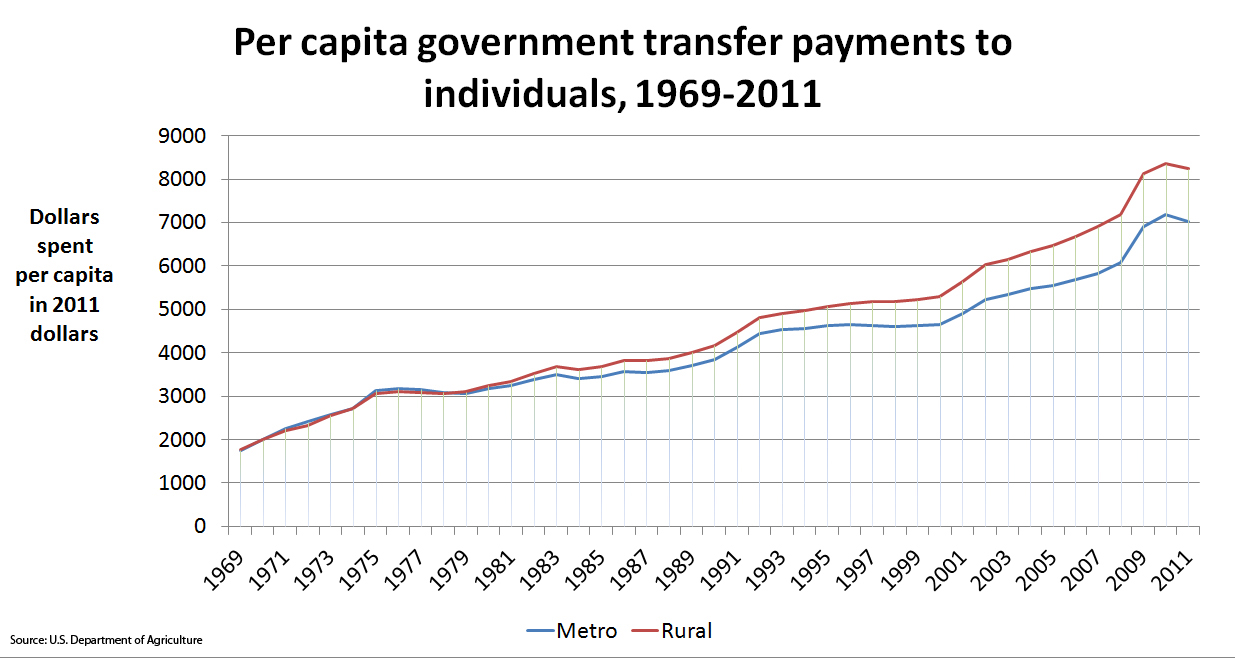As products of midwestern small towns, we both know the themes that have been apparent for decades. Young people leave. Schools merge. Grocery stores close. Residents drive to a bigger town to work, shop, and play. Farms get larger but the implement dealers close. The weekly paper gets thinner. In Minnesota, political sway shifts to the Twin Cities.
Yet a couple million Minnesotans live outside the Twin Cities in the region between Grand Portage and Luverne and between Caledonia and Hallock. They may be drawn by community, family, jobs, a desire for room to roam, or simply inertia. But like their urban counterparts, they are contending with big problems. The lake isn't as clean as it used to be, students can't get on the Internet, high-paying jobs have left town, doctors are scarce, and the elderly have a hard time staying in their homes as they age. Towns don't have the money to pay for a bus system or keep the streets up or maintain a police force.
For more than three years, we have been reporting through Minnesota Public Radio News' Ground Level project about these challenges and about the people emerging to take them on. Our work shined a light on these significant, even dire, challenges, but we also have found Minnesotans who, in the words of one observer of rural American towns, are "making an argument for their survival."
Our turf is Minnesota, but the story is American. Farmers, immigrants, artists, entrepreneurs and others are making the case that new approaches can work, especially small, local efforts that start with individuals trying to make their towns better. Enhanced by the evocative photos and video by Jenn Ackerman and Tim Gruber, this project is our portrait of a growing collection of people taking up the challenge to reinvent rural Minnesota for the 21st Century.
Dave Peters, editor, Ground Level
Jennifer Vogel, reporter, Ground Level



























